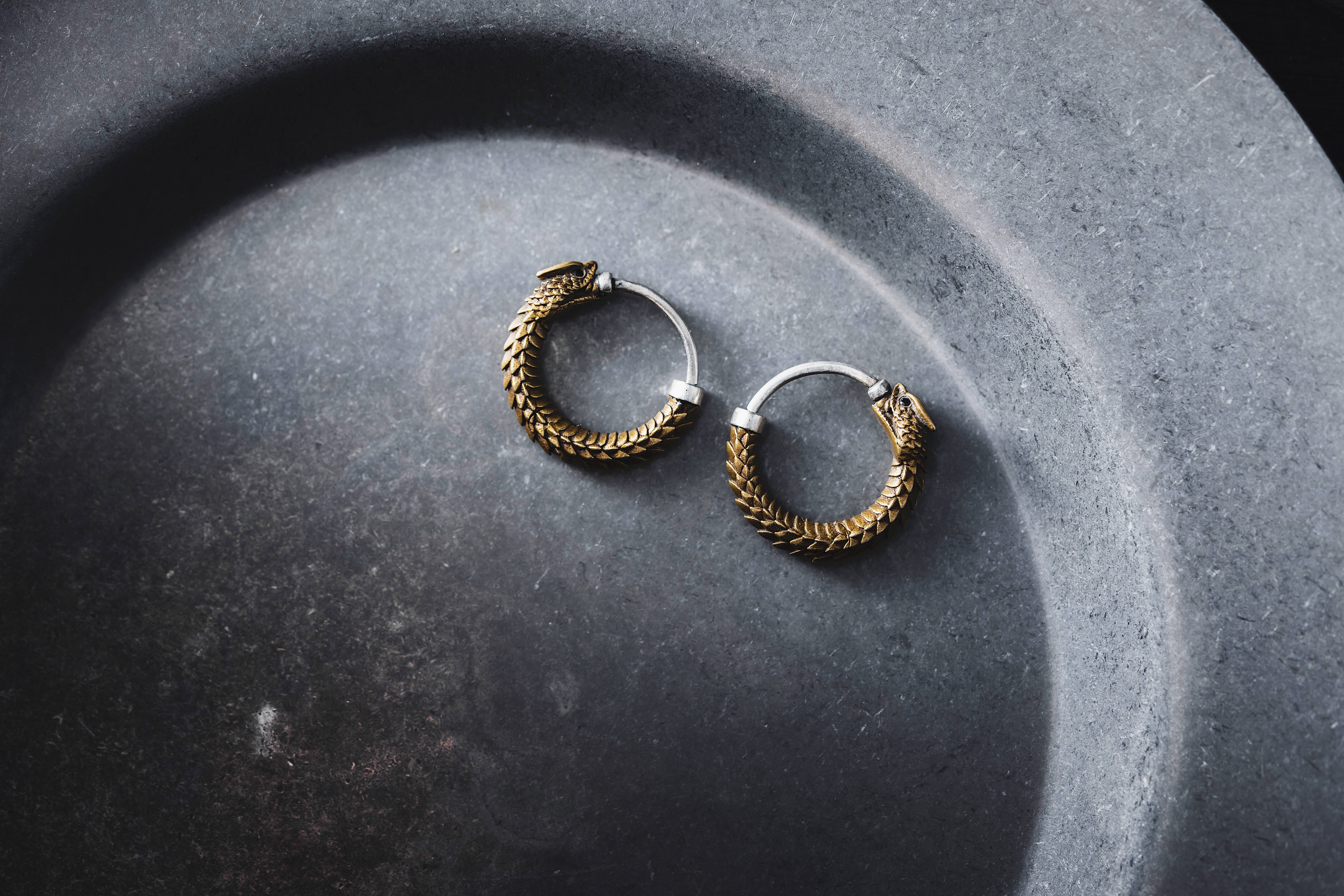
Brass is a popular material used in the making of fashion jewelry due to its durability, versatility, and affordability. It is an alloy created from the mixture of copper and zinc; the higher the amount of zinc, the yellower brass will be in color.
Where is copper, the main element of brass, found?
Chile is the world's largest copper producing country, with 27% of global production occurring there in 2021. Large quantities of copper are also found in nearby Peru and in China, which accounts for 54% of global copper consumption.
Top producers of copper include:
- Chile
- Peru
- China
- Democratic Republic of the Congo
- United States
Colors and durability
The color of brass is influenced by the amount of zinc present in the alloy and can vary from a dark reddish brown to a light silvery yellow. When used in finished jewelry, brass is normally plated with gold.
Brass is a soft yet durable metal, making it popular for use in fashion jewelry. However, it is not a hypoallergenic metal - meaning that it can cause some wearers’ skin to turn a green color if they are sensitive to brass. This is caused by the brass oxidizing with the skin; while the greenish hue can be washed off, it is sometimes a turn-off for consumers when buying brass jewelry.
Brass is also known for its ease of workability. As it is both malleable and ductile it offers a good balance of strength and hardness, allowing it to be shaped into various forms without breaking. This means it can easily be shaped, molded, and formed into delicate designs, enabling designers and jewelers to create detailed and complex pieces of jewelry that might be more challenging to achieve with other metals. Working with brass also translates to lower production costs and faster manufacturing times, allowing manufacturers to create attractive, stylish pieces at a fraction of the cost.

Brass throughout history
The earliest artifacts of brass date back to the 5th century BC in China and the 3rd century BC across the Middle East and other parts of Asia, and spread across to Europe when trade between the continents began increasing. In many of these instances, there is a low amount of zinc contained in the brass - suggesting that the brass may have been created unintentionally rather than through deliberate production.
By the 1st century BC, however, the Greek and Roman empires were deliberately producing brass for use in coins and ornamental purposes. During this time, brass also became more widespread in India and across the African continent, where it was frequently used in sculpture making.
Contemporary trends in jewelry
Bohemian and Tribal Styles: Brass jewelry inspired by tribal and bohemian aesthetics has been seen increasingly in the last decades; these designs often feature intricate etchings, beadwork, or gemstone inlays, giving them a rustic and eclectic feel.
Statement Pieces: Brass is often used in large statement jewelry, such as oversized necklaces, cuffs, and earrings, as the price point for these pieces is much lower than the alternative when made in gold.
Natural Elements: The incorporation of natural elements like gemstones, wood, or leather with brass creates a harmonious fusion of materials, highlighting the beauty of nature.
Sustainability: Sustainable and eco-friendly jewelry trends are increasingly important to consumers, especially younger generations. Therefore, some artisans and brands use mostly recycled brass and other environmentally friendly production processes to create their pieces.




